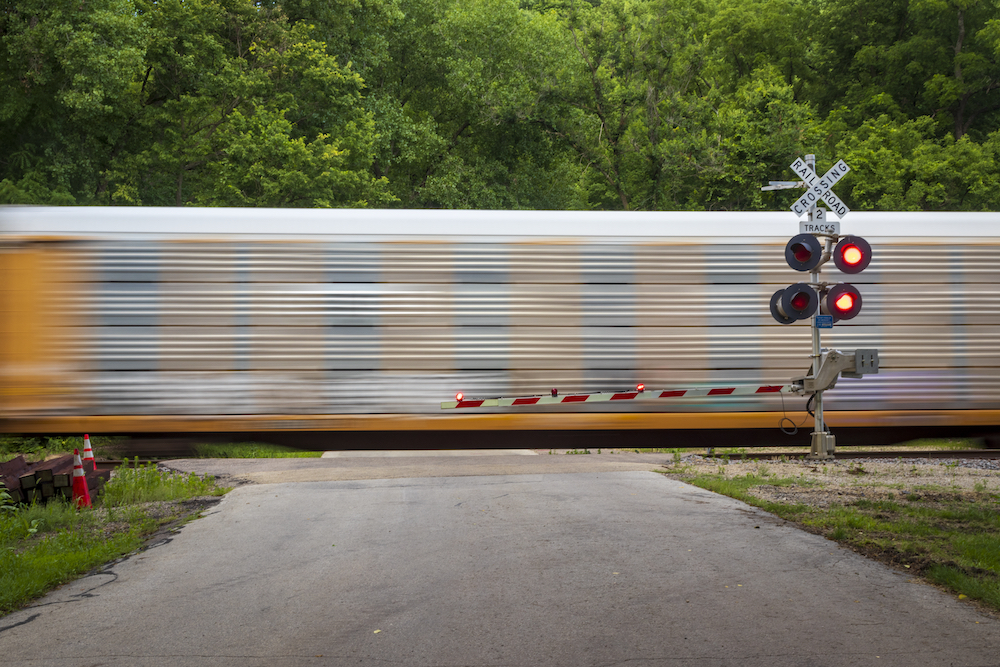
WASHINGTON – The Federal Railroad Administration issued two safety advisories last week: One covering crossing gates and another regarding the operation of track maintenance machines.
The grade crossing advisory notes that crossing gates attached using a king pin system could fail suddenly. King pin assemblies came into use in the early 1990s as railroads shifted form wooden crossing gate arms to those made of aluminum or fiberglass. Inspection and maintenance programs for king pin assemblies have not been widely adopted, the FRA says, even though some king pins have been in service since their original installation. King pin inspection requires removal of the crossing gate arm.
“If the highway-rail grade crossing gate is being held in place by a worn or damaged king pin assembly, the crossing gate may drop off the king pin and post pin tabs. When this occurs, the crossing gate may be held in place by only the shear bolts, which are not designed to hold the weight of the crossing gate,” FRA said. “Therefore, if relied upon to hold the crossing gate in place, the shear bolts could stretch and break unexpectedly, allowing the crossing gate to fall. This could happen very quickly, potentially causing injury to railroad employees or members of the general public in close proximity to the crossing gate.
The FRA recommends that railroads inspect king pin assemblies that hold crossing gates in place and replace all worn components. It also recommended that railroads develop inspection and maintenance procedures for king pin crossing gate assemblies, and to issue instructions requiring railroad employees to stay clear of descending crossing gates until fully lowered.
The track equipment advisory was issued to emphasize the importance of rules and procedures regarding the safety of roadway workers who operate or work near roadway maintenance machines, FRA said.
“This safety advisory recommends that railroads and contractors review and update their rules regarding the safety of roadway workers who operate or work near RMMs, communicate those changes to their employees, and monitor their employees for compliance with existing rules and procedures and updated rules and procedures, if implemented,” FRA said. “In addition, this safety advisory recommends that railroads and contractors conduct additional safety briefings to raise workers’ awareness of the hazards associated with operating and working around RMMs.”
FRA said it is concerned about incidents in the past few years resulting in fatalities of two roadway workers struck by roadway maintenance machines on main line track. One occurred in August 2023 on the Housatonic Railroad in Massachusetts, while the other incident occurred in December 2021 on Norfolk Southern.
The safety advisory urges railroads to review, update, and communicate applicable rules regarding roadway maintenance machines to ensure worker safety. It also recommends that railroads increase monitoring of roadway workers, railroad employees, and contractors. And it recommends that railroads conduct additional safety briefings to raise workers’ awareness of hazards of operating and working near roadway maintenance machines.






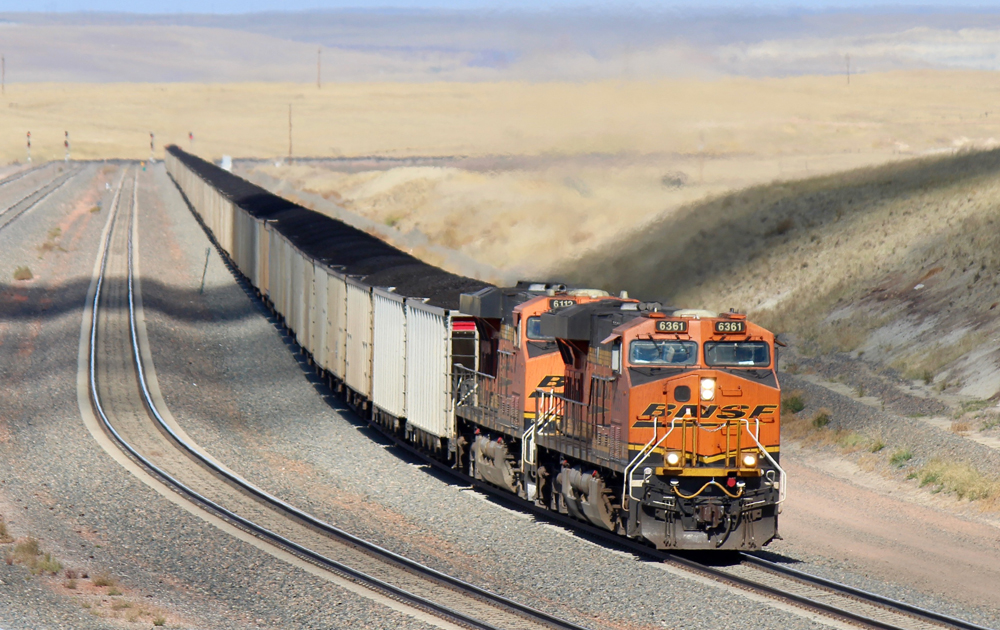
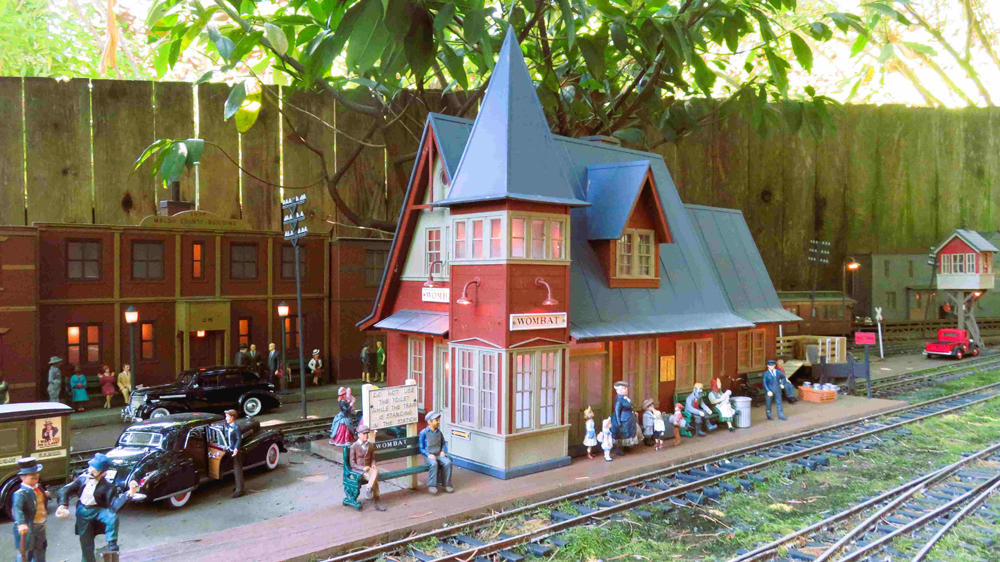
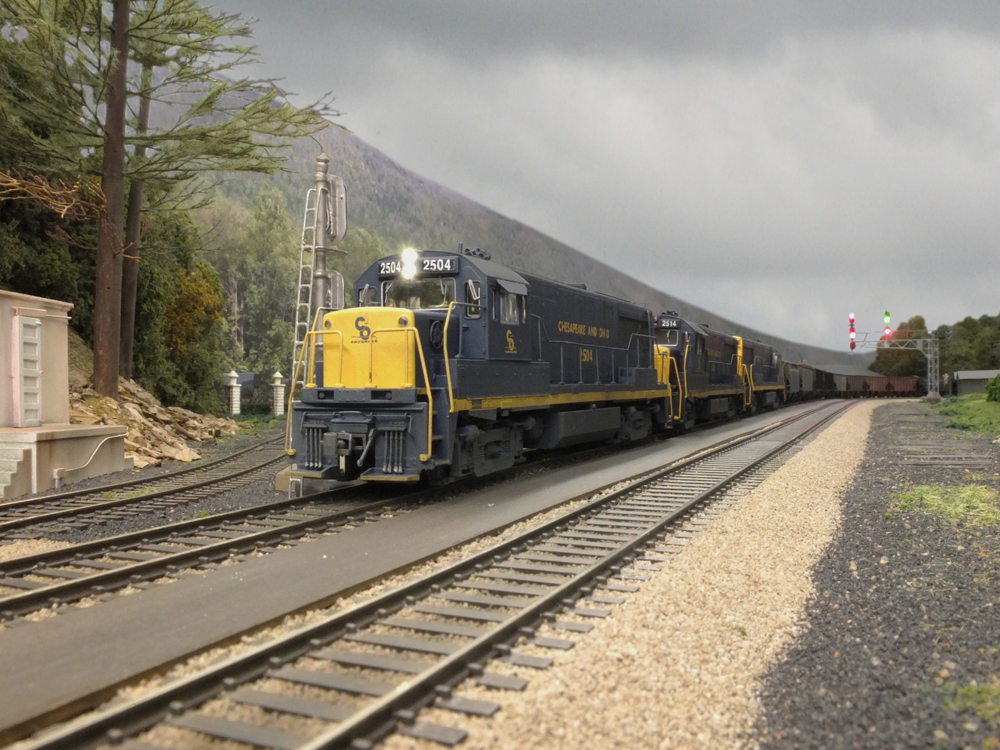
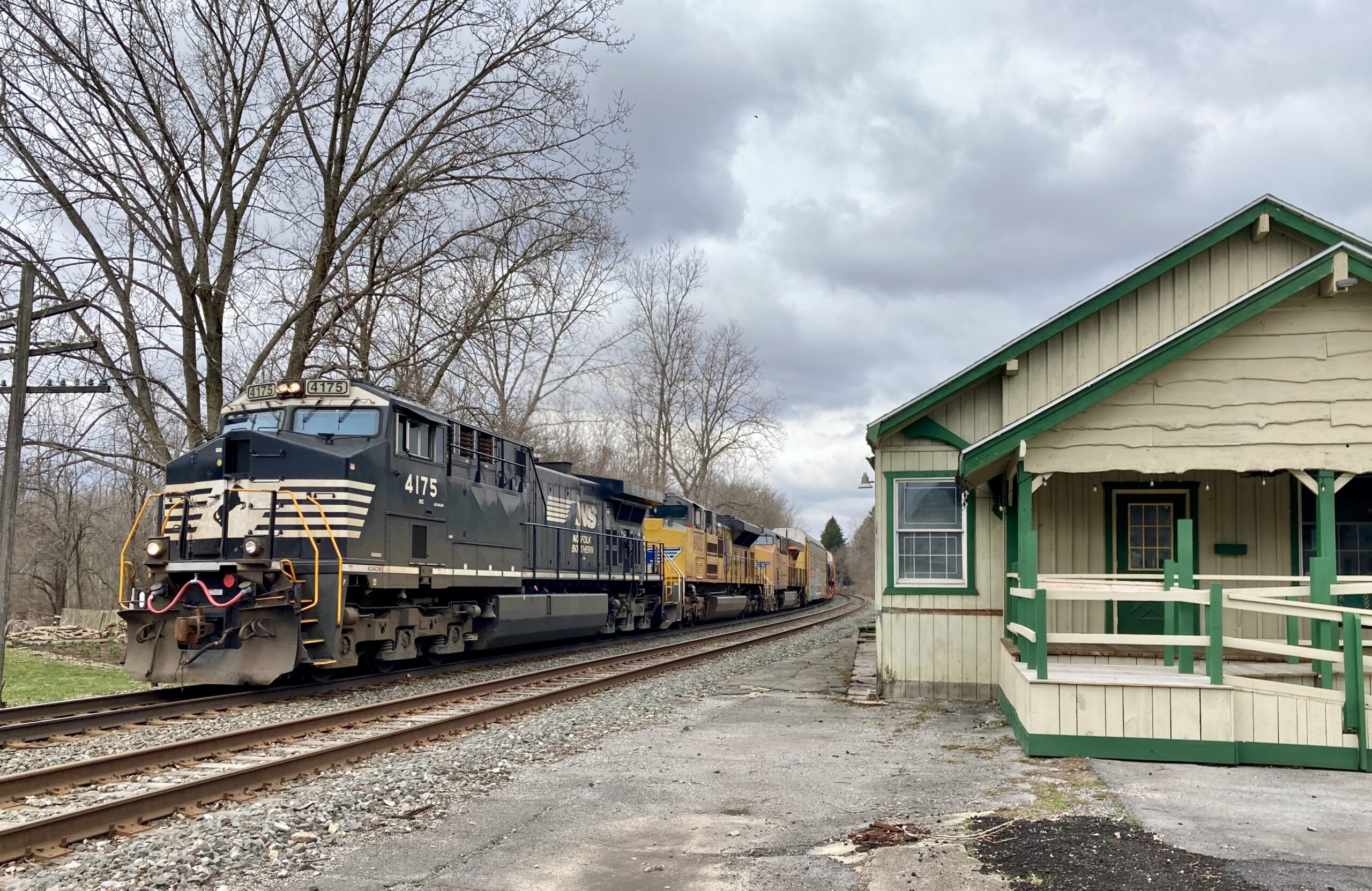




Why does the FRA only issue advisories on safety issues. I have seen virtually no “THIS NEEDS TO BE FIXED NOW” statements or regulations. If this is such a big deal to issue and advisory, then why don’t they require railroads to affirm that they have systems or procedures in place to advance the issues these advisories are stating? It seems like its just a paper shuffle to say they did something, making the FRA the toothless bull dog behind the “Beware of Dog” sign.
The public deserves a more faithful response, especially when it concerns something designed to jeep them from being killed by an onrushing train or workers to keep them from having a defective safety appliance from dropping unexpectedly on their head…